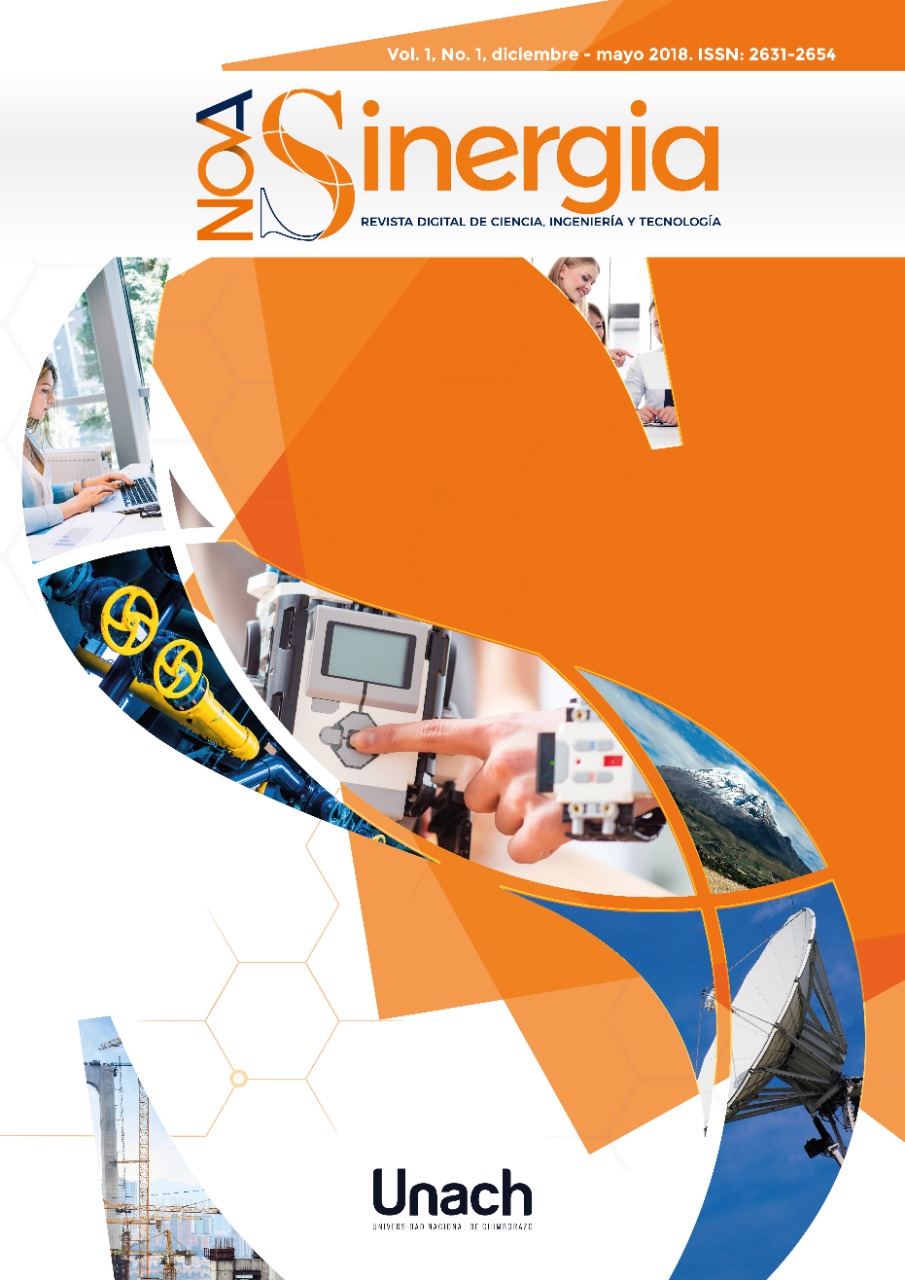Usability Patterns for e-government sites
DOI:
https://doi.org/10.37135/unach.ns.001.01.05Keywords:
Heuristic evaluation, usability heuristics, evaluation methods, usability patterns, e-government sitesAbstract
The accelerated technological development together with the increasingly widespread access to Internet, has marked an important milestone in the way in which governments provide information and most services to citizens. Currently, it has become imperative that citizens can execute much of their procedures in a quick and efficient way, and even without leaving home. Governments are obliged to provide tools so that processes can be carried out safely but also ensuring the satisfaction of the users who execute them. After a previous investigation, in which an evaluation process was carried out in order to determine the level of usability that e-government sites present, it was possible to identify a set of recurring problems that affect the ease of use of this type of sites, which would be solved through the so-called usability patterns. This paper presents the set of usability patterns developed under the context of e-government applications, with the aim of providing design tools for this type of sites and thus avoid problems that threaten the ease of use of services that are provided to citizens from public or governmental institutions’ portals. A set of usability patterns were developed based on identified problems and existing catalogs. The developed patterns were applied to an e-government site which was later evaluated, verifying a substantial increase in the usability level with respect to a previously executed evaluation.
Downloads
References
- Cremonesi, P., Elahi, M., & Garzotto, F. (2017). User interface patterns in recommendation-empowered content intensive multimedia applications. Multimedia Tools and Applications, 76(4), 5275-5309.
- Criado, J. I. & Gil-García, J. R. (2013). Gobierno electrónico, gestión y políticas públicas: Estado actual y tendencias futuras en América Latina. Gestión y política pública, 22(SPE), 03-48.
- Fernández-Pérez, Y., Febles-Estrada, A., Cruz, C. & Verdegay, J. L. (2018). Fuzzy Multi-criteria Decision Making Methods Applied to Usability Software Assessment: an Annotated Bibliography. En Complex Systems: Solutions and Challenges in Economics, Management and Engineering (pp. 165-189). Springer, Cham.
- Garcia, A. C. B., Maciel, C. & Pinto, F. B. (2005, August). A quality inspection method to evaluate e-government sites. En International Conference on Electronic Government (pp. 198-209). Springer: Berlin.
- Heidelberg, J. I. & Criado, J. R. (2013). Gobierno electrónico, gestión y políticas públicas: Estado actual y tendencias futuras en América Latina. Gestión y política pública, 7.
- Huang, Z. & Benyoucef, M. (2014). Usability and credibility of e-government websites. Government Information Quarterly, 31(4), 584-595.
- Iqbal, M. W., Ahmad, N. & Shahzad, S. K. (2017). Usability evaluation of adaptive features in smartphones. Procedia Computer Science, 112, 2185-2194.
- Jimenez, C., Lozada, P., Pástor, D. & Cordovez, P. (2011, April). Usability in E-government Sites. In Information Technology: New Generations (ITNG), 2011 Eighth International Conference (pp. 453-458). IEEE.
- Junior, P. T. A. & Piazza, M. (2017). Framework Interface Components for Accessibility Issues in E-Commerce. In Advances in Ergonomics Modeling, Usability & Special Populations (pp. 527-539). Springer, Cham.
- Komarkova, J., Visek, O. & Novak, M. (2007, November). Heuristic evaluation of usability of GeoWeb sites. In International Symposium on Web and Wireless Geographical Information Systems (pp. 264-278). Springer, Berlin, Heidelberg.
- Nielsen, J. (1994, April). Usability inspection methods. In Conference companion on Human factors in computing systems (pp. 413-414). ACM.
- Perzel, K. & Kane, D. (1999, August). Usability patterns for applications on the world wide web. In Proceedings of the Pattern Languages of Programming Conference (Vol. 99).
- Pontico, F., Winckler, M. & Limbourg, Q. (2008). Organizing user interface patterns for e-Government applications. In Engineering Interactive Systems (pp. 601-619). Springer, Berlin, Heidelberg.
- Roder, H. (2012, June). Specifying usability features with patterns and templates. In Usability and Accessibility Focused Requirements Engineering (UsARE), 2012 First International Workshop (pp. 6-11). IEEE.
- Too, C. W., Hassan, S. A., Ghani, A. A. A. & Din, J. (2017). Towards Improving Usability Requirements Elicitation and Specification Using Ontology-Driven Approach. Advanced Science Letters, 23(5), 4077-4081.
- Van Welie, M. (2007). Web design patterns. Recuperado de http://www.welie.com/patterns/







